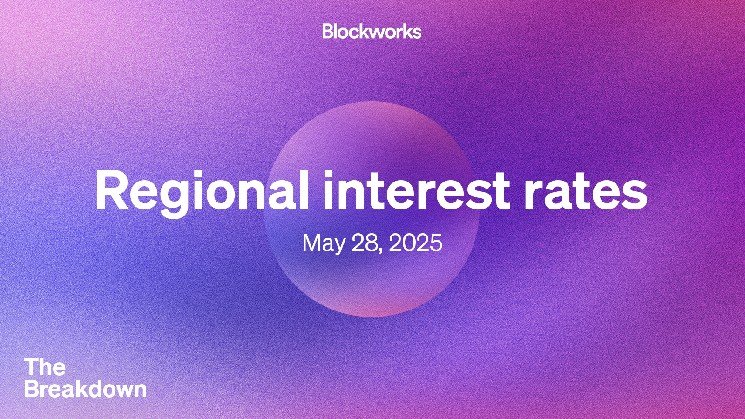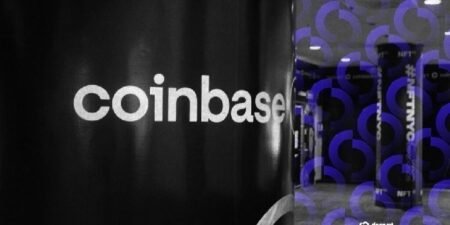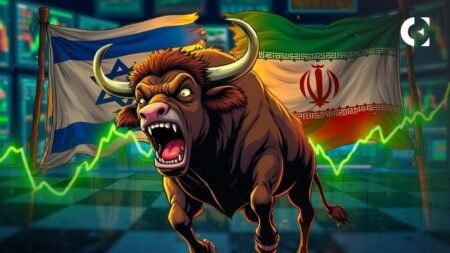This is a segment from The Breakdown newsletter. To read full editions, subscribe.
“Money and banking, in the end, is a confidence game, and our job at the Federal Reserve is to preserve confidence.”
— Richard Fisher, President, Federal Reserve Bank of Dallas (2005-2015)
In Michael Lewis’ Wall Street classic Liar’s Poker, the phrase “equities in Dallas” is wielded as an epithet — a catch-all term for the least competent people at Salomon Brothers doing the firm’s least desirable jobs.
The young investment bankers in Lewis’ class of Salomon trainees lived in fear of being assigned to the equities division in Dallas — a fate considered only marginally better than being fired.
In their eyes, Dallas, TX — an incomprehensible 1,547 miles removed from Salomon’s New York City headquarters — was a financial backwater of provincial irrelevance.
But Dallas was a financial center in its own right — and its distance from New York is what made it an important one.
Dallas is home to one of the 12 regional banks of the Federal Reserve, many of which were strategically placed in financial backwaters as a means to decentralize the US banking system.
The idea was to distribute the Fed’s power across regions — not just to reflect economic diversity, but also to insulate monetary policy from concentrated political or financial influence.
That may seem like an anachronism in today’s world of megabanks and seemingly all-powerful Fed chairs.
But the threat of centralized power is neither theoretical nor historical, as has been illustrated by the president’s recent threats to fire Chair Powell for failing to cut interest rates.
Last week, however, the Supreme Court ruled that the president does not have the power to remove the Fed chair or any other board members of the Federal Reserve.
Instructively, the same ruling found that the president likely does have the authority to fire appointees at federal agencies like the NLRB and MSPB.
But the Federal Reserve is exempt, the majority reasoned, because the central bank is “a uniquely structured, quasi-private entity that follows in the distinct historical tradition of the First and Second Banks of the United States.”
This was always the plan.
What makes the structure of the Federal Reserve “unique” is that it’s not one bank, but many — and with several in places like Dallas.
The Federal Reserve was designed as a group of semi-independent regional banks to better resist the centralization of financial power, be it in New York or DC.
Putting some of those banks in economic backwaters like Dallas wasn’t an accident; it was a way to hardwire decentralization into the system.
In 1914, when Dallas was chosen as a site for a regional Federal Reserve bank, its population of 131,278 made it the 58th-largest city in the US.
The lobbying pitch for why Dallas should be chosen ahead of larger cities included the proud statement that it “leads the world in the manufacture of cotton gin machinery and in the manufacture of harness and saddlery.”
If that helped its cause, I can only imagine it was because the pitch illustrated just how different Dallas is from New York.
Once established, the Dallas Fed hired a staff of 27 (at an average pay of $30 a month) whose primary task was to provide centralized check-clearing for the region — bundles of checks would arrive at the bank during the day and Dallas Fed employees would spend the night sorting them by hand.
The bank also supplied currency and coins to the region — to this day, banknotes ordered and circulated by the Dallas Fed prominently feature the letter “K” on the front (K being the 11th letter of the alphabet and Dallas being the 11th of 12 regional Fed banks).
More consequentially, the Dallas Fed also set local interest rates.
In the beginning, regional Federal Reserve banks were so independent that they each set their own lending rates for banks in their region.
Imagine 12 Fed banks…all setting their own monetary policy!
Fun, I imagine, but it didn’t last long.
Regional interest rates proved unwieldy and the practice ended in 1935 when the Banking Act of 1935 granted the Board of Governors in Washington DC the authority to set a single interest rate for the entire country.
But regional banks retained a say in rate decisions.
All 12 Federal Reserve bank presidents attend FOMC meetings to represent their region’s interests, and a rotating group of four regional presidents (New York excluded) have a vote on the FOMC.
In short, even though it often seems like Chair Powell is setting interest rates himself because he’s the face of the Fed, his is only one of 12 votes in FOMC decisions.
Importantly, this semi-decentralized structure limits the ability of a president to bully the Fed.
It’s true that seven of the 12 FOMC members are presidential appointees, but their staggered, 14-year terms are explicitly designed to limit the influence of any single president over monetary policy.
This has never been more relevant.
Last week, the president bullied the House into passing a “big, beautiful bill” that the Congressional Budget Office estimates would put the US on the path to adding $56 trillion of federal debt over the next 30 years.
Perhaps the Senate will impose some fiscal responsibility before the bill becomes law, but the political will to rein in deficits appears to have evaporated in recent years.
If so, that leaves the Federal Reserve as the last bastion of economic sanity and the last line of defense for the US dollar.
It might not hold.
Last week’s Supreme Court ruling demonstrates the power of the Federal Reserve’s decentralized structure.
But the Fed ultimately reports to Congress, which could rewrite the law that grants it independent control over monetary policy — and even the most responsible monetary policy may be overwhelmed by today’s increasingly irresponsible fiscal policy.
Read the full article here










